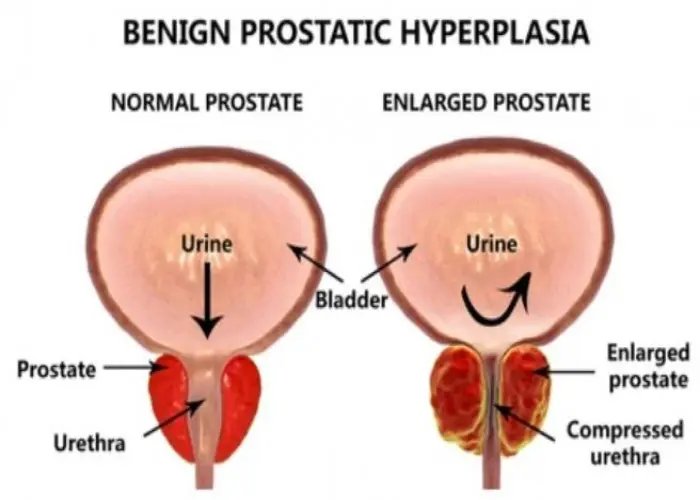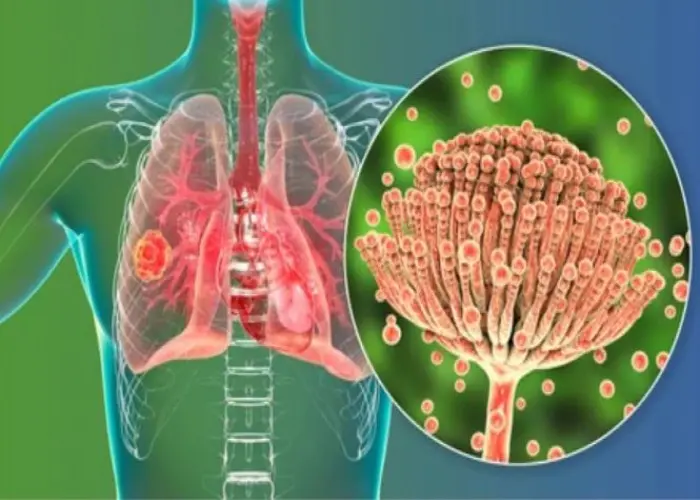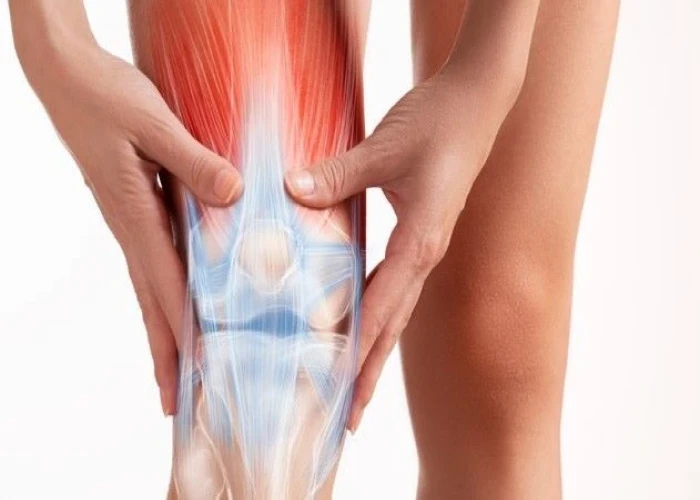 Welcome
Welcome
“May all be happy, may all be healed, may all be at peace and may no one ever suffer."
Muscle strains

A muscle strain, also known as a pulled muscle, is a common injury that occurs when a muscle or tendon is overstretched or torn. This can happen during physical activity, sports, or even everyday activities such as lifting heavy objects or bending awkwardly. Muscle strains are most common in the lower back, neck, shoulder, and hamstring muscles.
The symptoms of a muscle strain can vary depending on the severity of the injury, but typically include:
- Pain or soreness in the affected muscle
- Swelling or bruising
- Difficulty moving the muscle or joint
- Muscle weakness or stiffness
- Cramping or spasms in the muscle
Treatment for muscle strains usually involves rest, ice, compression, and elevation (RICE). This means avoiding activities that aggravate the injury, applying ice packs to the affected area for 20 minutes at a time, wrapping the area with a compression bandage, and keeping the affected limb elevated above heart level to reduce swelling.
Over-the-counter pain relievers such as acetaminophen or ibuprofen may also be recommended to manage pain and inflammation. Gentle stretching and strengthening exercises may be recommended once the initial pain and swelling have subsided, to prevent future injury and promote healing.
It is important to seek medical attention if the pain and swelling are severe, if you are unable to move the affected muscle, or if there is any numbness or tingling in the area, as these may be signs of a more serious injury or condition. In some cases, physical therapy or other medical interventions may be needed to promote healing and prevent further injury.
Research Papers
Disease Signs and Symptoms
- Muscle pain
- Muscle weakness
Disease Causes
Muscle strains
Acute strains can be caused by one event, such as using poor body mechanics to lift something heavy. Chronic muscle strains can result from repetitive injuries when you stress a muscle by doing the same motion over and over.
Disease Prevents
Muscle strains
Regular stretching and strengthening exercises for your sport, fitness or work activity, as part of an overall physical conditioning program, can help to minimize your risk of muscle strains. Try to be in shape to play your sport; don't play your sport to get in shape. If you have a physically demanding occupation, regular conditioning can help prevent injuries.
Disease Treatments
For immediate self-care of a muscle strain, try the R.I.C.E. approach — rest, ice, compression, elevation:
- Rest. Avoid activities that cause pain, swelling or discomfort. But don't avoid all physical activity.
- Ice. Even if you're seeking medical help, ice the area immediately. Use an ice pack or slush bath of ice and water for 15 to 20 minutes each time and repeat every two to three hours while you're awake for the first few days after the injury.
- Compression. To help stop swelling, compress the area with an elastic bandage until the swelling stops. Don't wrap it too tightly or you may hinder circulation. Begin wrapping at the end farthest from your heart. Loosen the wrap if the pain increases, the area becomes numb or swelling is occurring below the wrapped area.
- Elevation. Elevate the injured area above the level of your heart, especially at night, which allows gravity to help reduce swelling.
Some doctors recommend avoiding over-the-counter pain medications that can increase your risk of bleeding — such as aspirin, ibuprofen (Advil, Motrin IB, others) and naproxen sodium (Aleve) — during the first 48 hours after a muscle strain. Acetaminophen (Tylenol, others) can be helpful for pain relief during this time period.
A physical therapist can help you to maximize stability and strength of the injured joint or limb. Your doctor may suggest that you immobilize the area with a brace or splint. For some injuries, such as a torn tendon, surgery may be considered.
Disease Diagnoses
Disease Allopathic Generics
Disease Ayurvedic Generics
Disease Homeopathic Generics
Disease yoga
Muscle strains and Learn More about Diseases

Cervical dystonia

Waldenstrom macroglobulinemia

Transverse myelitis

Spina bifida

Lupus

Systemic capillary leak syndrome

Benign prostatic hyperplasia (BPH)

Aspergillosis
muscle strains, পেশী স্ট্রেইন
To be happy, beautiful, healthy, wealthy, hale and long-lived stay with DM3S.
